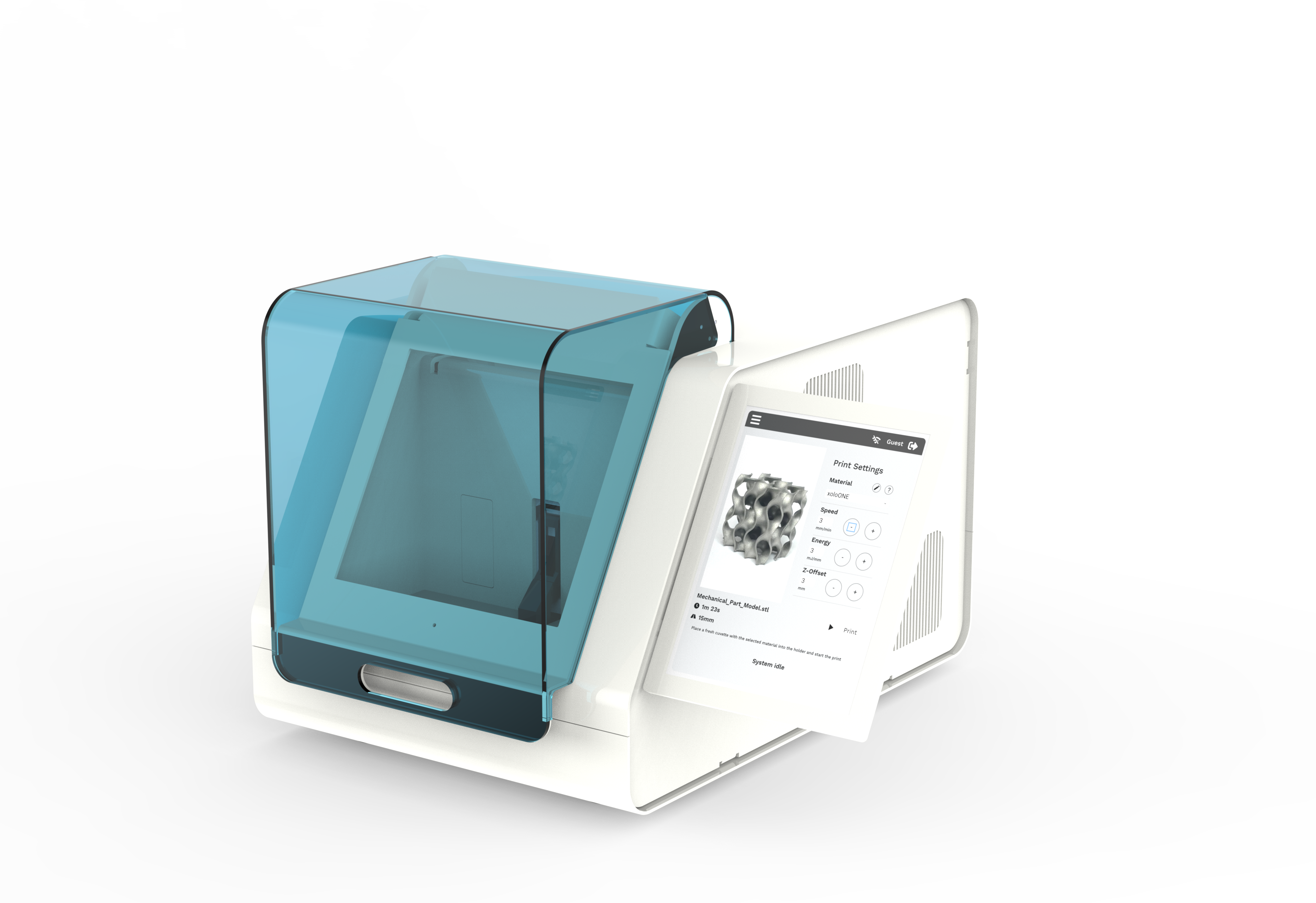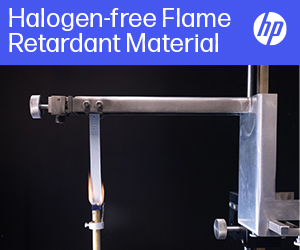Building on its expertise in volumetric bioprinting, xolo has unveiled Xell. This compact bioprinter brings rapid fabrication of complex structures without visible layers to research labs at an unprecedented price. The Berlin-based volumetric printing pioneer will showcase its latest addition at Formnext 2024 in Frankfurt from November 19 to 22.
Priced at €20,000 ($21,000), Xell is among the most cost-effective bioprinters of its kind. Bioprinters typically cost much more, often ranging from €50,000 ($53,000) to over €200,000 ($211,000), depending on their capabilities. High-end bioprinters like EnvisionTEC‘s 3D Bioplotter and GeSim‘s Bioscaffolder 5.3 are typically priced between €100,000 ($106,000) and €200,000, offering extensive features for industrial and research applications.
On the other end of the spectrum, entry-level models such as Cellink Inkredible (under €15,000) and ROKIT Healthcare‘s INVIVO (€10,000 – €15,000) provide more basic bioprinting capabilities, often limited to extrusion-based methods. Meanwhile, Xell, priced at €20,000, stands out by combining advanced volumetric bioprinting technology with affordability, placing it in a unique middle ground accessible to a wider range of labs. What’s more, features like smooth, layer-free structures and isotropic material properties are rarely found at this price point, especially in a plug-and-play device.
Xolo’s introductory offer makes it even more enticing for academic researchers. Through a 50% academic discount, available until December 31, 2024, Xell can be purchased for just €10,000 ($10,500), offering flexible delivery into 2025 and even some early shipments before the year ends. This strategic pricing reduces entry barriers, allowing labs with limited budgets to adopt advanced bioprinting capabilities without compromising quality. The Early Adopter Program initiative aligns with xolo’s goal to democratize access to bioprinting, not to mention end-of-year budgets. By making Xell affordable, xolo ensures that more researchers can experiment with applications like tissue scaffolds, hydrogels, and advanced biomaterials, which are growing rapidly.
According to xolo, Xell is optimized for versatility with its build chamber tailored to standard disposable cuvettes, offering a practical print volume of 10 x 17 x 10 mm³. This compact size is perfect for labs working with high-value bioinks, providing just enough room to experiment with complex designs without wasting precious materials. Whether printing custom hydrogels or intricate tissue scaffolds, xolo promises that Xell delivers precision in a manageable format.
At the heart of Xell is Xolography, xolo’s proprietary volumetric bioprinting process that creates smooth, layer-free structures. Using Full HD resolution and a powerful LED light, xolo says Xell creates structures that are equally strong in every direction. This precision makes Xell particularly useful for researchers developing advanced biomaterials that need accuracy at every level.
Furthermore, Xell’s intuitive interface makes it an easy-to-use solution for beginners and experts. The plug-and-play design is compatible with xolo’s ready-to-use bioinks, so researchers can start printing immediately after setup. For labs that want to experiment further, Xell’s open platform also supports custom material development.
For researchers with more ambitious needs, xolo offers another bioprinter, the recently launched Xube². This system builds upon the original Xube, which was released in 2021. It features a larger build volume and modular objectives for tailored resolutions. With the ability to switch between 375 nm UV light for fine detail and 405 nm violet light for working with more materials, it combines precision and versatility to handle even the toughest bioprinting tasks. While Xell is designed for labs seeking a compact, affordable option, Xube² caters to those wanting to scale up their bioprinting efforts.
xolo has been actively involved in bioprinting. Its proprietary technology, Xolography, has been applied in bioprinting to create complex 3D cell cultures and tissue scaffolds. Xolo has even partnered with other companies to advance its technology, such as Rousselot, to integrate X-Pure GelMA into its bioinks.
To learn more about Xell’s capabilities, xolo invites researchers to experience it firsthand at Formnext 2024 in Frankfurt. From November 19 to 22, visitors can find xolo at Hall 11.1, Booth D31, where the team will demonstrate Xell’s Xolography process and even offer test prints on-site.
Subscribe to Our Email Newsletter
Stay up-to-date on all the latest news from the 3D printing industry and receive information and offers from third party vendors.
You May Also Like
Rebuilding the Industrial Base: Government and National Clusters
The demand to scale and commercialize advanced manufacturing technology, particularly additive manufacturing (AM), is increasing. Exploring government and national clusters is imperative to rebuild the industrial base. As the industry...
New AM Projects Get $2.1M Push from America Makes
America Makes has awarded $2.1 million to six new projects to tackle some of the biggest challenges in additive manufacturing (AM). The funding, provided by the U.S. Department of Defense...
The Stakeholders’ Conference: Additive Manufacturing Strategies
The additive manufacturing (AM) industry has always been one that’s prone to sudden, drastic changes, and clearly, this is as true now as ever. With that in mind, one of...
3D Printing News Briefs, November 23, 2024: Formnext Awards, Batch Production, & More
We’re covering a variety of stories in today’s 3D Printing News Briefs, from the Formnext Awards to metal additive manufacturing for batch production and more. Read on for all the...

































